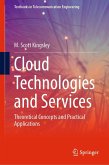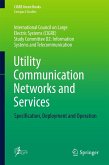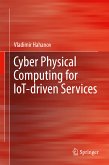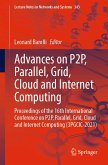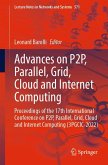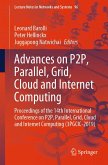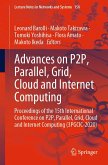This is the first book entirely devoted to providing a perspective on the state-of-the-art of cloud computing and energy services and the impact on designing sustainable systems. Cloud computing services provide an efficient approach for connecting infrastructures and can support sustainability in different ways. For example, the design of more efficient cloud services can contribute in reducing energy consumption and environmental impact. The chapters in this book address conceptual principles and illustrate the latest achievements and development updates concerning sustainable cloud and energy services. This book serves as a useful reference for advanced undergraduate students, graduate students and practitioners interested in the design, implementation and deployment of sustainable cloud based energy services. Professionals in the areas of power engineering, computer science, and environmental science and engineering will find value in the multidisciplinary approach to sustainable cloud and energy services presented in this book.
Dieser Download kann aus rechtlichen Gründen nur mit Rechnungsadresse in A, B, BG, CY, CZ, D, DK, EW, E, FIN, F, GR, HR, H, IRL, I, LT, L, LR, M, NL, PL, P, R, S, SLO, SK ausgeliefert werden.



